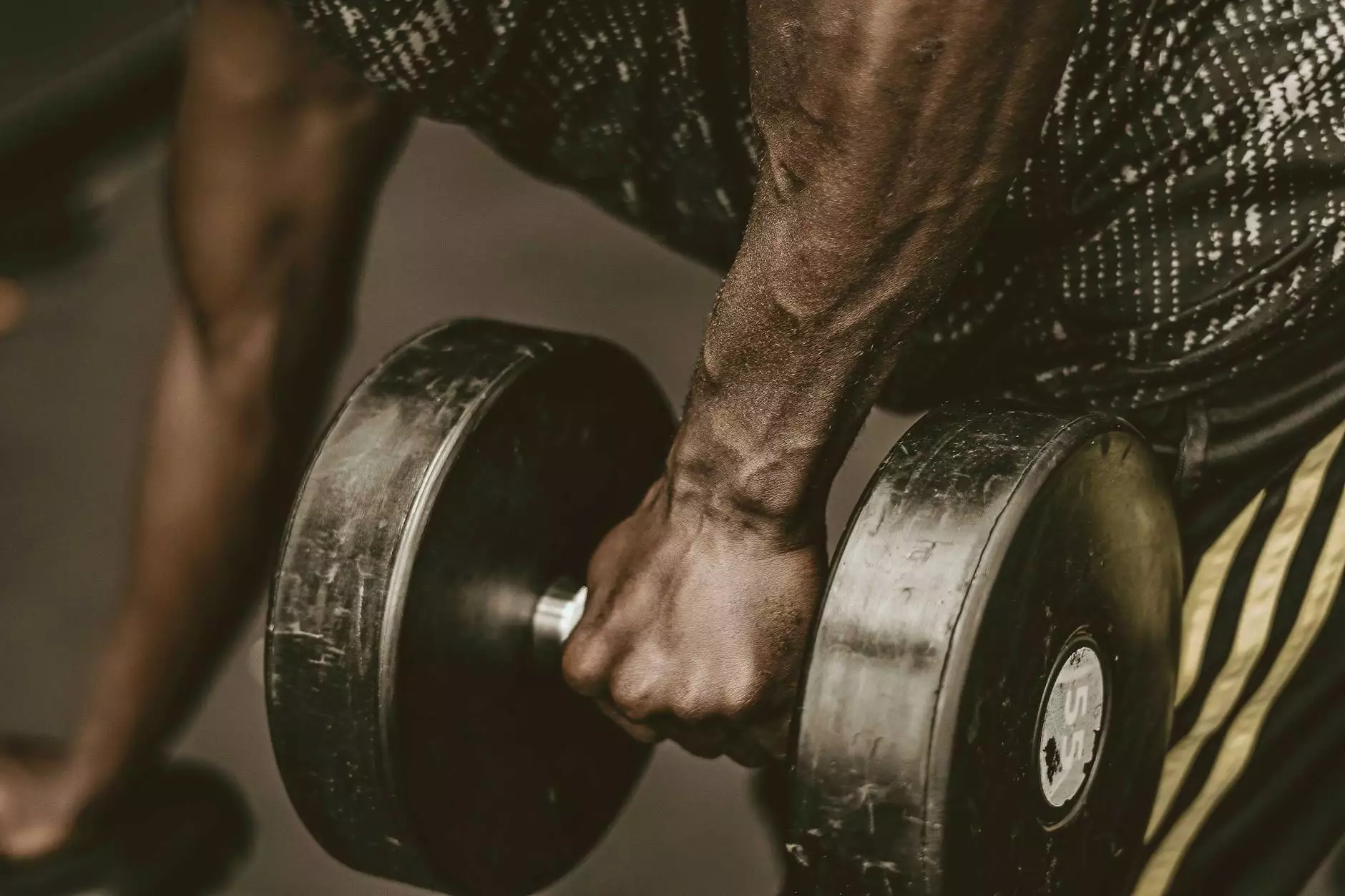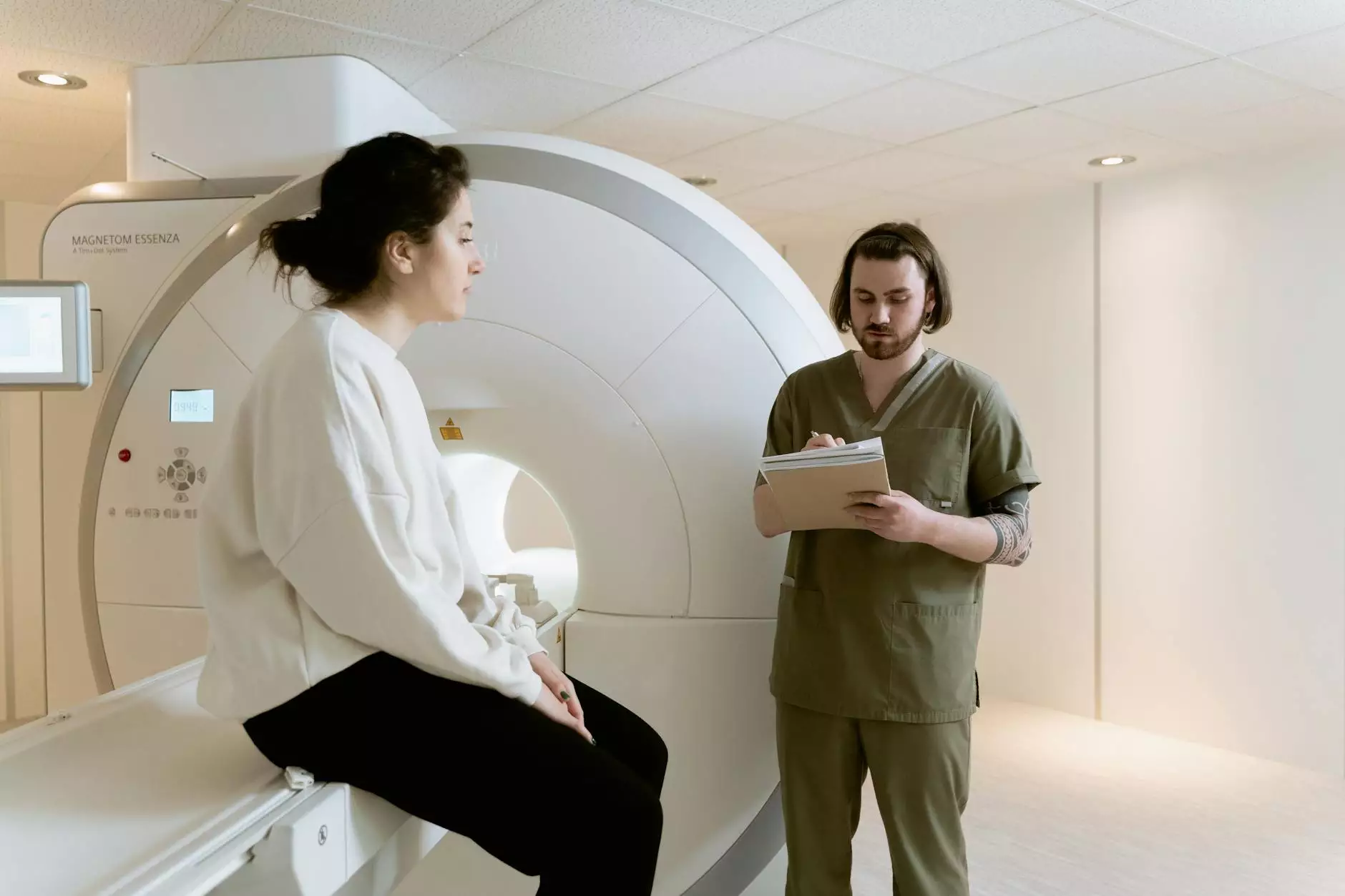Understanding Venous Stasis Causes

Venous stasis, a condition characterized by inadequate venous return in the lower extremities, is a significant concern in the field of vascular medicine. This article will delve deep into the causes of venous stasis, its implications, and the potential treatment options available to manage this condition effectively. As more people become aware of their vascular health, understanding the venous stasis causes and taking actionable steps becomes imperative.
What is Venous Stasis?
Venous stasis occurs when blood pools in the veins, typically in the legs, due to various factors that inhibit normal blood circulation. This stagnant blood flow can lead to complications like ulcers, thrombosis, and varicose veins. Understanding and addressing the causes of venous stasis is crucial to preventing serious health implications.
The Importance of Recognizing Venous Stasis Causes
Recognizing the causes of venous stasis is vital for effective treatment. Proper diagnosis leads to tailored treatment options that can mitigate risks and improve patient outcomes. Early intervention not only alleviates symptoms but can also prevent complications such as chronic venous insufficiency.
Common Causes of Venous Stasis
There are several factors that can contribute to the development of venous stasis. Here are some of the most common venous stasis causes:
1. Prolonged Immobility
One of the most prevalent causes of venous stasis is prolonged immobility. *Extended periods of sitting or standing* can lead to decreased blood flow in the legs. This often occurs in individuals who work in sedentary jobs or who travel frequently. When the muscles in the legs are inactive, they do not pump blood back to the heart efficiently.
2. Obesity
Obesity is a significant risk factor for venous stasis. Excess body weight increases pressure on the veins, making it harder for them to return blood to the heart. This added pressure can strain the venous walls, leading to conditions such as varicose veins and chronic venous insufficiency.
3. Age
As people age, the elasticity of the veins can decrease, making them more susceptible to venous stasis. Additionally, the valves within the veins may weaken, leading to pooling of blood and subsequent complications.
4. Pregnancy
During pregnancy, the body undergoes significant changes that can lead to venous stasis. The enlarging uterus places additional pressure on the pelvic veins, and hormonal changes can also affect vein elasticity. This combination can significantly slow down blood flow from the legs back to the heart.
5. Venous Insufficiency
Chronic venous insufficiency (CVI) is a condition where the veins cannot pump enough blood back to the heart. This often results from damaged valves within the veins. It leads to blood pooling in the legs, contributing directly to venous stasis.
6. Previous Blood Clots
A history of deep vein thrombosis (DVT) or other blood clots can damage the veins and valves, leading to chronic venous stasis issues. Even after a clot is resolved, residual effects can hinder normal blood flow.
7. Medical Conditions
Certain medical conditions can predispose individuals to venous stasis. Conditions like heart failure, diabetes, and peripheral vascular disease can lead to changes in circulation and ultimately contribute to venous stasis.
8. Genetic Factors
Genetics can play a role in venous health. A family history of vein disorders or conditions like hereditary venous insufficiency can increase one's risk of developing venous stasis.
Symptoms Associated with Venous Stasis
Understanding the symptoms of venous stasis is essential for early detection and intervention. Common symptoms include:
- Swelling in the legs and ankles
- Heaviness or aching in the legs
- Changes in skin color or texture
- Varicose veins appearing
- Wounds or sores that do not heal
- Cramping or discomfort in the legs
Complications of Untreated Venous Stasis
If left untreated, venous stasis can lead to several serious complications:
- Chronic Venous Insufficiency: A progressive condition where the veins continue to lose their ability to transport blood effectively.
- Leg Ulcers: Skin breakdown can occur in areas of stasis, leading to painful and slow-to-heal wounds.
- Deep Vein Thrombosis (DVT): A blood clot in a deep vein that can lead to a pulmonary embolism if the clot dislodges.
- Varicose Veins: Enlarged veins that can cause discomfort and aesthetic concerns.
Diagnosis of Venous Stasis
Diagnosing venous stasis typically involves a thorough medical history and physical examination. Healthcare providers may utilize various diagnostic tools, including:
- Ultrasound: A non-invasive imaging technique that helps visualize blood flow in the veins.
- Doppler Studies: This method assesses venous blood flow to identify abnormalities.
- Venography: A specialized X-ray where a contrast dye is injected to visualize the veins.
Treatment Options for Venous Stasis
Addressing venous stasis involves a multifaceted approach that focuses on treating the underlying causes while alleviating symptoms. Here are some effective treatment options:
1. Lifestyle Modifications
Implementing lifestyle changes can significantly improve symptoms and prevent complications. Recommended changes include:
- Regular Exercise: Engaging in physical activity can promote better blood circulation.
- Weight Management: Maintaining a healthy weight reduces strain on the veins.
- Compression Stockings: Wearing compression garments helps support blood flow in the legs.
- Elevating the Legs: Raising the legs periodically can help reduce swelling.
2. Medical Treatments
In some cases, medical intervention may be necessary. Common options include:
- Sclerotherapy: A procedure that involves injecting a solution into varicose veins to promote closure and lessen appearance.
- Endovenous Laser Treatment (EVLT): A minimally invasive technique that uses lasers to treat varicose veins.
- Vein Stripping: A surgical method to remove varicose veins in more severe cases.
3. Medications
In some situations, medications may be prescribed to manage symptoms or address underlying conditions contributing to venous stasis. This includes anticoagulants to prevent blood clots or diuretics to reduce swelling.
Preventive Measures for Venous Stasis
Prevention is always better than treatment. Understanding how to minimize the risk of developing venous stasis is crucial. Here are some effective preventive measures:
- Engage in regular physical activity.
- Be mindful of long periods of sitting or standing; take breaks to move.
- Maintain a healthy weight and diet.
- Use compression stockings if at risk.
- Stay hydrated.
Conclusion
Understanding the causes of venous stasis and their implications is essential for maintaining vascular health. With proper awareness and proactive measures, individuals can effectively manage their vascular health, prevent complications, and lead a more active and fulfilling life. If you experience symptoms associated with venous stasis, it’s crucial to consult a healthcare provider to explore your treatment options and maintain your well-being.
For more information on vascular health or to schedule an appointment with a specialist, visit trufflesveinspecialists.com.



